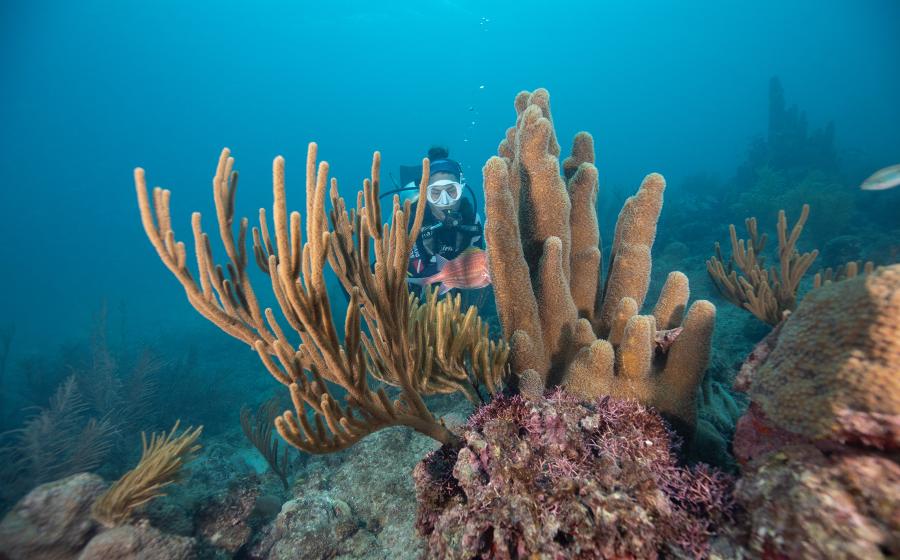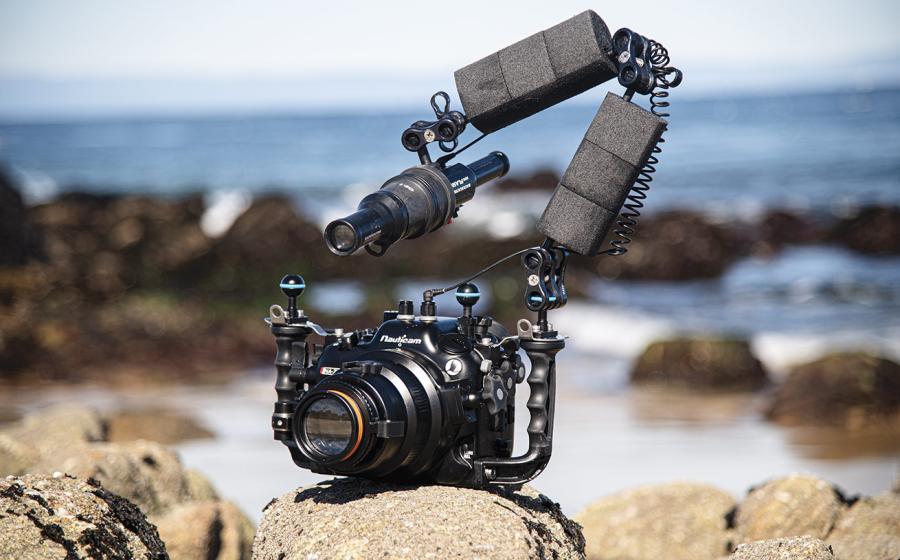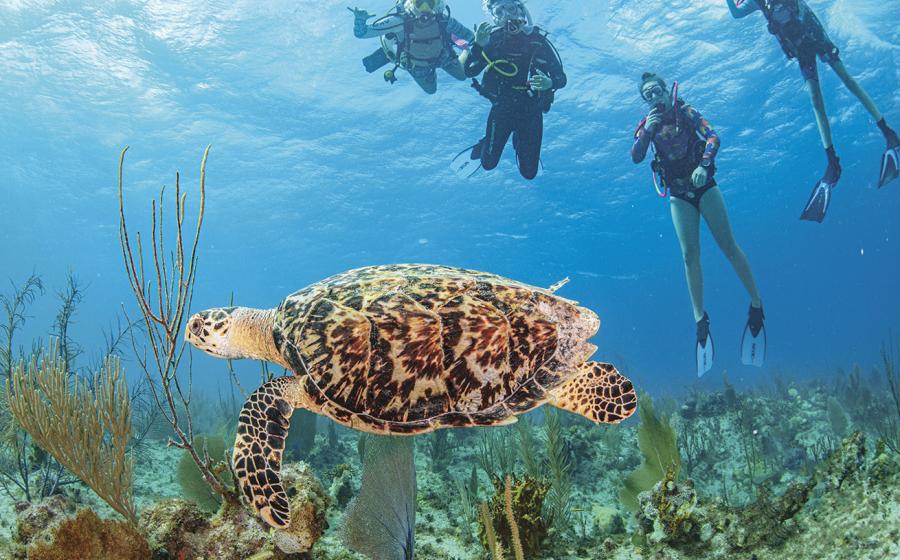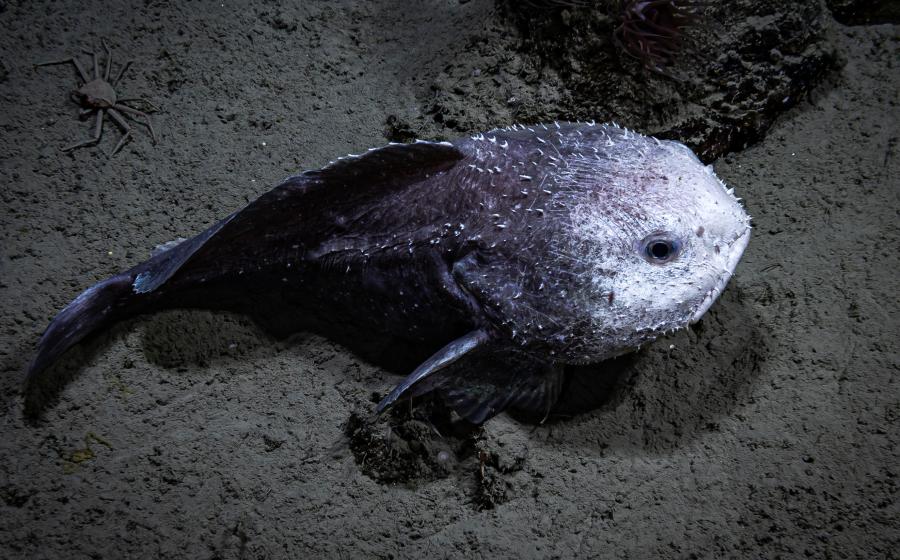Turks and Caicos Dive Travel Planner
The Turks and Caicos Islands apparently got their name from the turk's-head cactus and the word cay - an Arawak Indian word for the many nearby sand banks. Cay became the Spanish word cayos, which locals pronounced Caicos. The turk's-Head cactus resembles the Turkish fez hat and grows on the islands. The Turks islands (Grand Turk and Salt Cay) are separated from the Caicos islands (Providenciales, which used to be Provident Caicos; West, North, Middle, East and South Caicos) by the 7,000-foot-deep, 22-mile-wide Turks Island Passage. The weathered limestone islands cover 193 square miles.Between Islands We flew InterIsland Air. The twin-engine planes were small but comfortable and had ample baggage space, even for our dive gear. Service was personal, and we were able to ask the pilot if we could fly low since we were doing multiple dives pushing the 24-hour limit. After asking the permission of the other passengers, he agreed. We were treated to a fun flying experience, skimming the bank between Grand Turk and Salt Cay. Other carriers such as Sky King, Global Air and Turks and Caicos Airways also fly between the islands. Schedules are somewhat flexible, so be forewarned: Plan plenty of time for connections, if needed.Getting to TCI Most tourists fly into Provo on daily American Airlines flights from Miami. BahamasAir has started twice-weekly flights from Miami to Grand Turk, and Lynx Air flies from Fort Lauderdale to Provo and Grand Turk.Dive Log During the winter - January through March - humpback whales migrate past the Turks and Caicos Islands to the Mouchoir and Silver Banks just to the south. Most operators run trips to watch and even snorkel with the whales, depending on their activity. Operators say many of the female whales bring their young calves. The weather and winds can be unpredictable, so be aware that the diving could be also. Once April arrives, the weather begins to calm through the summer months. During our week of diving in May, we found little current and 80-degree water with 70-100 feet of visibility. Dives were leisurely and guides were patient. The weather heats up through the summer, and by September, it's hot enough for the dive operators to take vacations. In general, we found most of the operators efficient and friendly - a necessity in such a service-related industry. Most provided the essentials, including two-tank boat dives with tanks and weights, night and afternoon single-tank dives, gear and camera rental. Larger-vessel operators had extra room, thus extra gear such as oxygen bottles, spare regulators and weights to dangle for surfacing divers. Camera rinse buckets and coolers of soft drinks and water were provided. Aboard smaller vessels, dive gear was usually handled through setup. Such operators often provided water and candy, plus some emergency gear. Because the average run to a site was much shorter for these vessels, extraneous supplies were not necessary or wise based on weight limits. Other safety factors: Many shops offer nitrox fills; Provo has a recompression chamber. For more information about diving and staying on Grand Turk, click on the home page below. For more information about diving and staying on Provo, click on the home page below. For more information about diving and staying on Salt Cay, click on the home page below. For information about live-aboard diving in the Turks & Caicos, click on the home page below. For general information about the Turks & Caicos Islands, click on the home page below.






